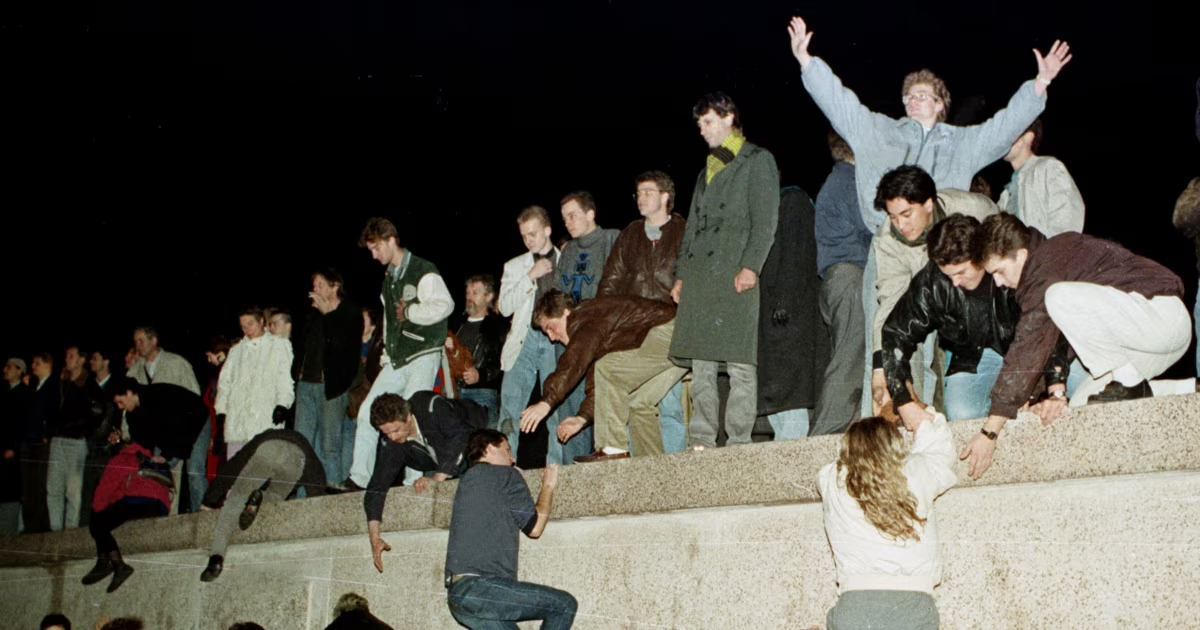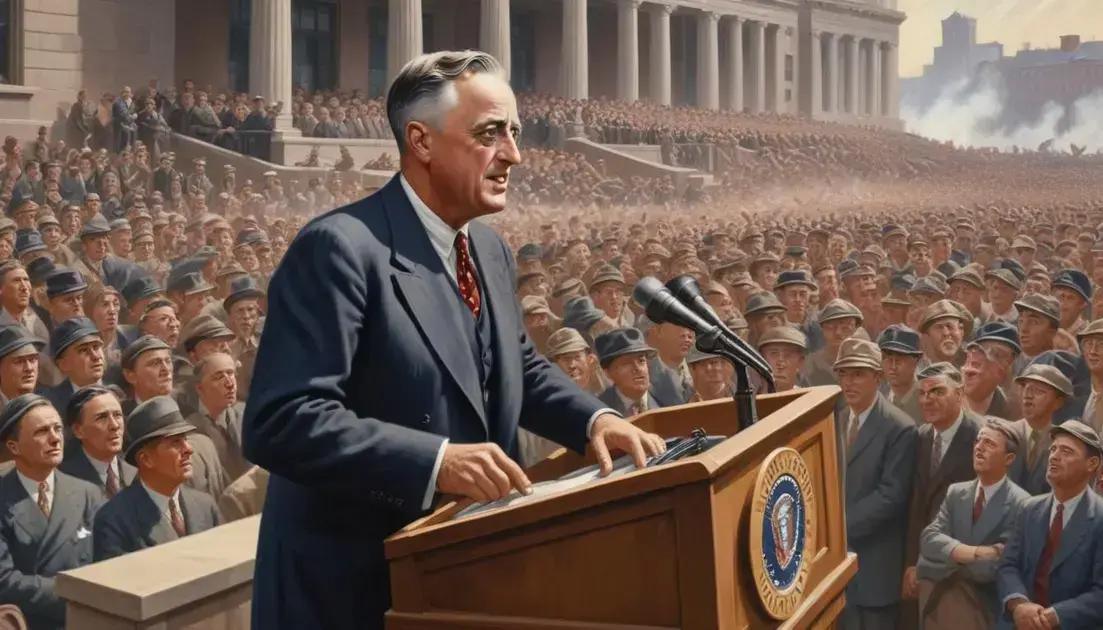
The Fall of the Berlin Wall and the End of the Cold War
The fall of the Berlin Wall on November 9, 1989, was not merely the crumbling of a physical barrier; it was a seismic event that shattered the ideological and geopolitical landscape of the 20th century. This seemingly spontaneous act of dismantling a concrete monolith symbolized the collapse of the Soviet-imposed Iron Curtain, the unraveling of the Eastern Bloc, and the dramatic end of the Cold War. This essay will delve into the intricate historical context surrounding the Wall’s construction, the events leading to its fall, the immediate consequences, and its lasting legacy on global politics, economics, and social structures.
The Berlin Wall: A Symbol of Division and Oppression
The Berlin Wall, a physical manifestation of the Cold War’s ideological chasm, was erected in the dead of night on August 13, 1961, by the German Democratic Republic (GDR), or East Germany. This hastily constructed barrier, initially composed of barbed wire and later reinforced with concrete, brick, and sophisticated surveillance technology, wasn’t simply a border; it was a chilling testament to the communist regime’s desperate attempt to control its population. The Wall’s construction was a direct response to the mass exodus of East Germans to West Berlin and West Germany, a phenomenon known as Republikflucht. The constant flow of skilled workers, professionals, and intellectuals to the West represented a significant brain drain, crippling the East German economy and undermining the communist regime’s legitimacy.
The Wall’s construction severed families, friends, and communities, leaving an indelible scar on the German psyche. It became a potent symbol of oppression, starkly contrasting the freedom and prosperity of West Berlin with the stark realities of life under communist rule in the East. The Wall wasn’t just a concrete barrier; it was a psychological one, representing the impenetrable divide between the capitalist West and the communist East. The brutal reality of the Wall was further emphasized by the “death strip,” a heavily mined and patrolled no-man’s-land that claimed the lives of hundreds who attempted to escape. Watchtowers, guard dogs, and heavily armed border guards served as constant reminders of the state’s power and the severe consequences of defiance. Stories of daring escapes, tragic deaths, and the unwavering determination of those seeking freedom became legendary, highlighting the inhumanity of the Wall and the desperate yearning for liberty. The Wall’s presence, a scar across the heart of a divided city, served as a daily reminder of the Cold War’s chilling reality.
The Seeds of Change: Gorbachev’s Reforms and the Unraveling of the Soviet Bloc
The fall of the Berlin Wall wasn’t a sudden, isolated event; it was the culmination of a series of interconnected events spanning several years. The seeds of change were sown within the Soviet Union itself, under the leadership of Mikhail Gorbachev. Gorbachev’s ascent to power in 1985 marked a turning point in the Cold War’s trajectory. His policies of glasnost (openness) and perestroika (restructuring), intended to revitalize the stagnant Soviet economy and address long-standing societal problems, inadvertently weakened the Soviet Union’s grip on its satellite states in Eastern Europe.
Glasnost, by fostering a degree of freedom of expression and information, exposed the flaws and inefficiencies of the communist system, fueling dissent and challenging the established order. Perestroika, aimed at economic reform, proved to be a complex and challenging undertaking, leading to unintended consequences and further destabilizing the Soviet economy and its control over its Eastern European allies. Gorbachev’s reforms, while well-intentioned, inadvertently created a vacuum, allowing for the emergence of nationalist movements and popular uprisings across the Eastern Bloc.
The impact of Gorbachev’s reforms extended beyond the Soviet Union’s borders. The loosening of Soviet control emboldened reformist movements within Eastern Europe. In Poland, the Solidarity movement, despite years of suppression, gained momentum, leading to partially free elections in 1989, which resulted in a non-communist government. This victory for Solidarity sent shockwaves across the region, inspiring similar movements in other Eastern European countries.
Hungary’s Opening and the Leipzig Protests: Cracks in the Iron Curtain
The cracks in the Iron Curtain widened significantly in the summer of 1989 when Hungary, facing economic hardship and seeking closer ties with the West, began dismantling its border fence with Austria. This act, seemingly innocuous, proved to be a pivotal moment. Thousands of East Germans, seizing the opportunity, fled to Hungary and subsequently crossed into Austria and West Germany. The Hungarian government’s decision to allow this exodus, despite facing pressure from the Soviet Union, marked a significant shift in the geopolitical landscape.
Meanwhile, in East Germany, the oppressive communist regime faced mounting pressure from its own citizens. Inspired by the events in Poland and Hungary, the East German people, tired of decades of repression and economic hardship, began to organize mass protests. The weekly Monday demonstrations in Leipzig, initially small in scale, grew exponentially in size and intensity. These demonstrations, often met with brutal police crackdowns, became a symbol of the growing defiance against the East German government. The Leipzig protests, despite the risk of violence, served as a catalyst for the events that would soon unfold. The courage of the protesters, who openly defied the state’s authority, paved the way for the fall of the Wall.
November 9, 1989: The Fall of the Wall and the Dawn of a New Era
The events of November 9, 1989, unfolded with a surprising degree of chaos and confusion. A press conference by the East German government, intended to clarify new travel regulations, inadvertently triggered the collapse of the Wall. A spokesperson’s ambiguous statement about easing travel restrictions was misinterpreted by many as an immediate opening of the border. This miscommunication, however unintended, became the catalyst for the mass exodus of East Germans to the West.
Thousands flocked to the border crossings, overwhelmed and unprepared border guards were unable to effectively control the flow of people. The sheer volume of people demanding passage overwhelmed the border guards, who, facing mounting pressure and uncertain instructions from their superiors, eventually opened the gates. The scenes of jubilation, as East and West Berliners embraced across the fallen barrier, were broadcast around the world, marking a watershed moment in modern history.
The fall of the Berlin Wall was not just a physical event; it was a symbolic one, representing the end of the Cold War’s bipolarity and the beginning of a new era of global politics. The disintegration of the Berlin Wall triggered a domino effect across Eastern Europe. Communist regimes in countries like Czechoslovakia, Romania, and Bulgaria collapsed in rapid succession, paving the way for democratic transitions and the reunification of Germany.
The Aftermath and Legacy: Reunification and a Changing World Order
The fall of the Berlin Wall had profound and far-reaching consequences, transforming the political map of Europe and reshaping the global order. The reunification of Germany, a process fraught with complexities and challenges, was completed in October 1990, marking the end of a deeply divisive chapter in German history. The economic and social integration of East and West Germany proved to be a long and arduous process, requiring substantial investment and addressing deep-seated disparities.
The end of the Cold War led to a significant reduction in global military tensions and the emergence of a unipolar world order dominated by the United States. However, this new world order also faced new challenges, including ethnic conflicts, the rise of new forms of terrorism, and the emergence of global economic inequalities.
The legacy of the Berlin Wall continues to resonate today. It serves as a powerful reminder of the fragility of freedom, the importance of human rights, and the enduring power of peaceful resistance against oppression. The Wall’s remnants, preserved as memorials and museums, serve as poignant reminders of a divided past and a testament to the resilience of the human spirit in the face of adversity. The fall of the Berlin Wall stands as a symbol of hope, inspiring movements for freedom and democracy around the world, from the Arab Spring to the ongoing struggles for human rights in various parts of the globe. It is a testament to the power of collective action, the unwavering pursuit of liberty, and the enduring belief in a world free from oppression. The events of November 9, 1989, irrevocably changed the world, leaving behind a complex and multifaceted legacy that continues to shape global affairs today.


